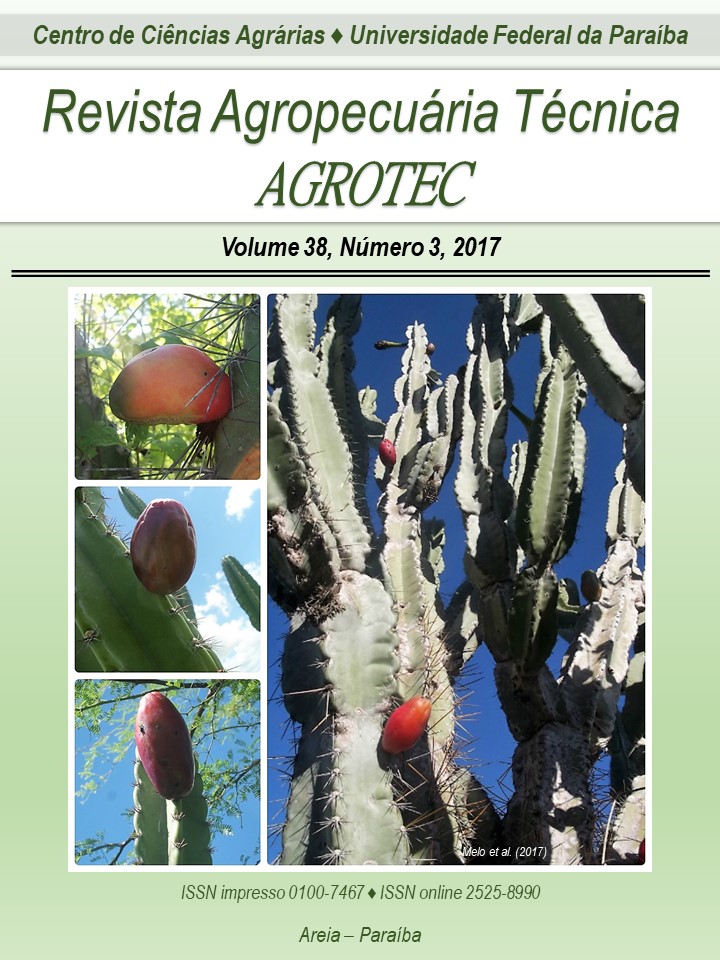Losses in production of maize silage with tropical forages
DOI:
https://doi.org/10.25066/agrotec.v38i3.34039Keywords:
Consortium, Integrated crop-livestock, Megathyrsus maximum, No-tillage, Urochloa brizanthaAbstract
The agricultural production has required increasingly high nutritional value foods that meet the demands of high productivity animals. The silage trading is a viable alternative but that may have high nutritional losses if not well produced. The aim of this study was to evaluate the losses from the silage process of high moisture grain and whole plant maize intercropped with tropical forages. The experimental design was a randomized block in factorial 2 x 2 x 2 with four replications. The treatments were: corn seeded intwo row spacings (0.45 and 0.90 m) and intercropping with Urochloa brizantha(Xaraés grass) and Megathyrsus maximum(Tanzânia grass). They determined the percentage of each fraction of the maize plant and forages. Both materials were properlypackaged and kept sealed for 60 days. Losses of silage by gases and effluents and and drymatter losses were measured. The high moisture corn silage showed higher losses and lower gas losses effluents that whole plant silage. The largest proportion of Tanzânia grass in the final mass to be ensiled did not significantly influence the losses in the whole plant silage. When properly compacted, the whole plant silage with tropical forages does not have high losses during the ensiling process.


